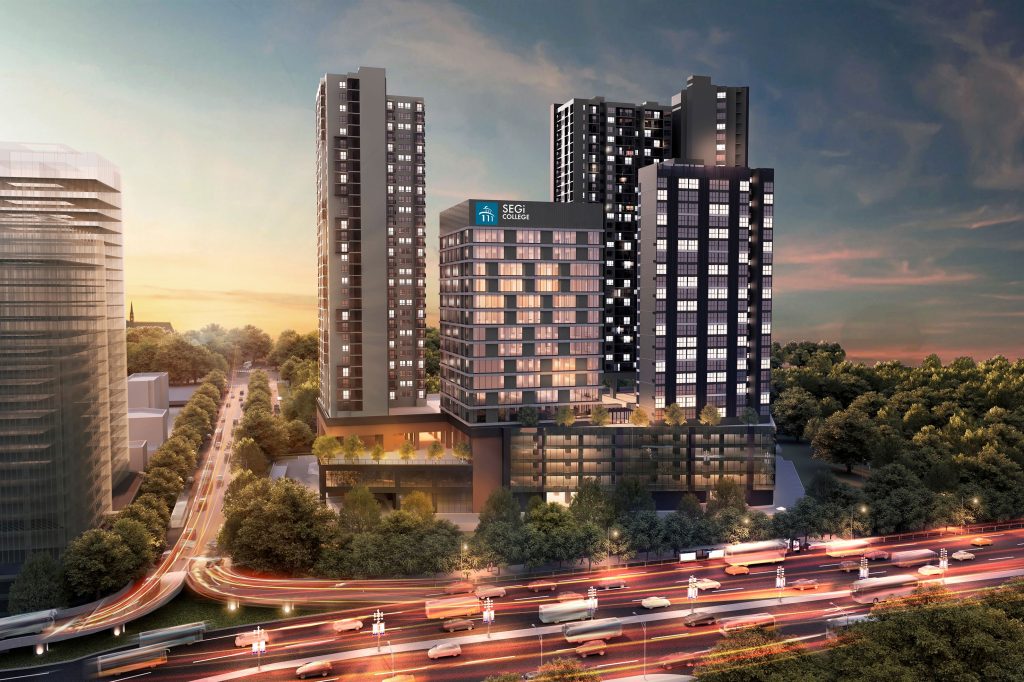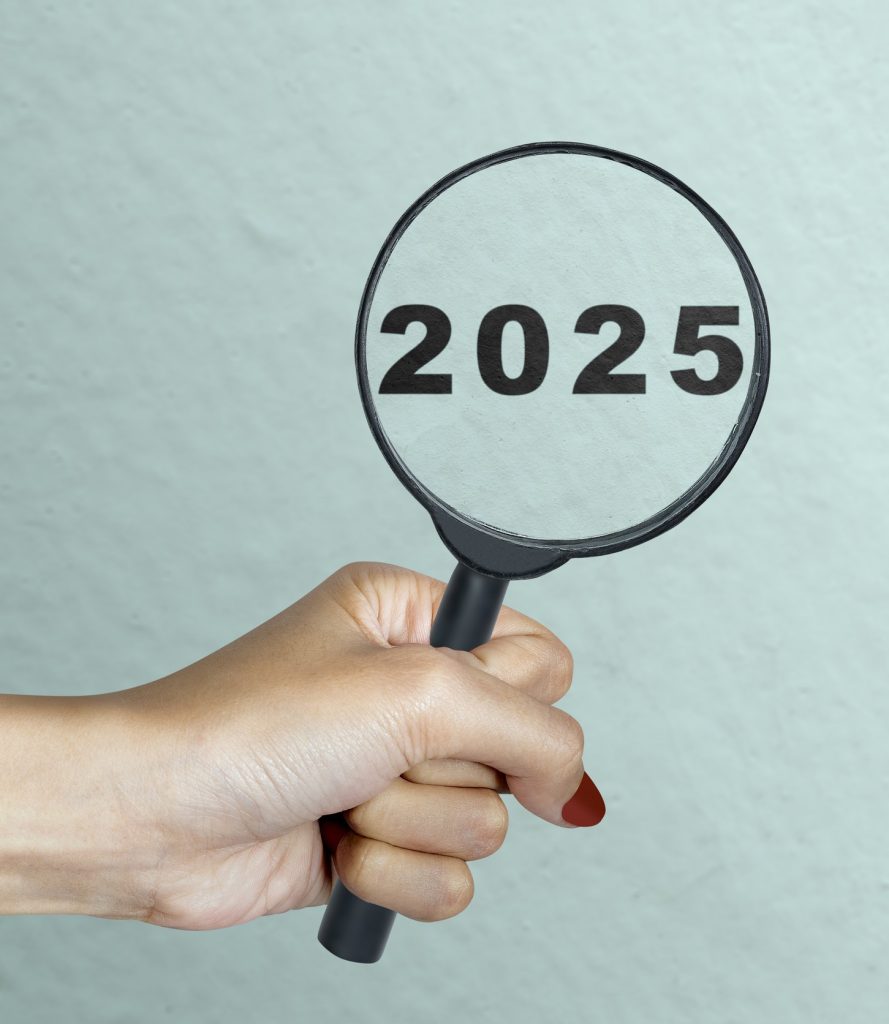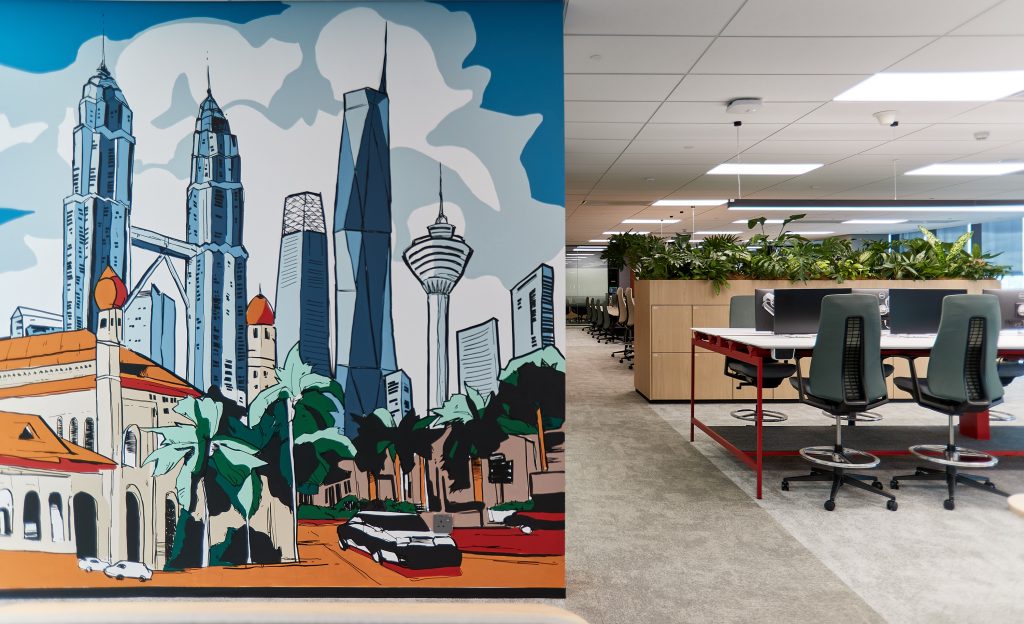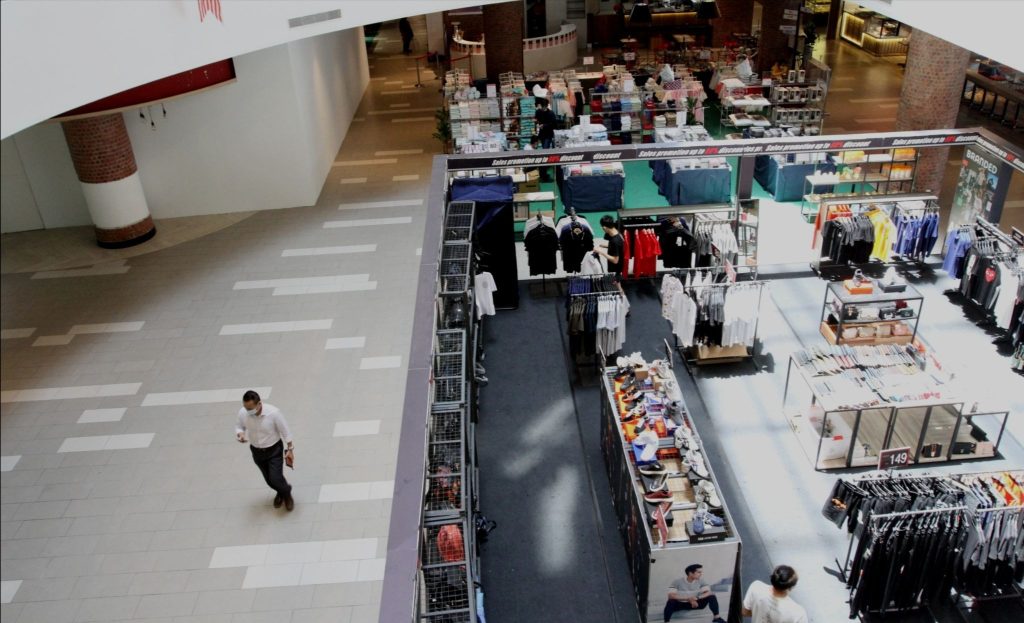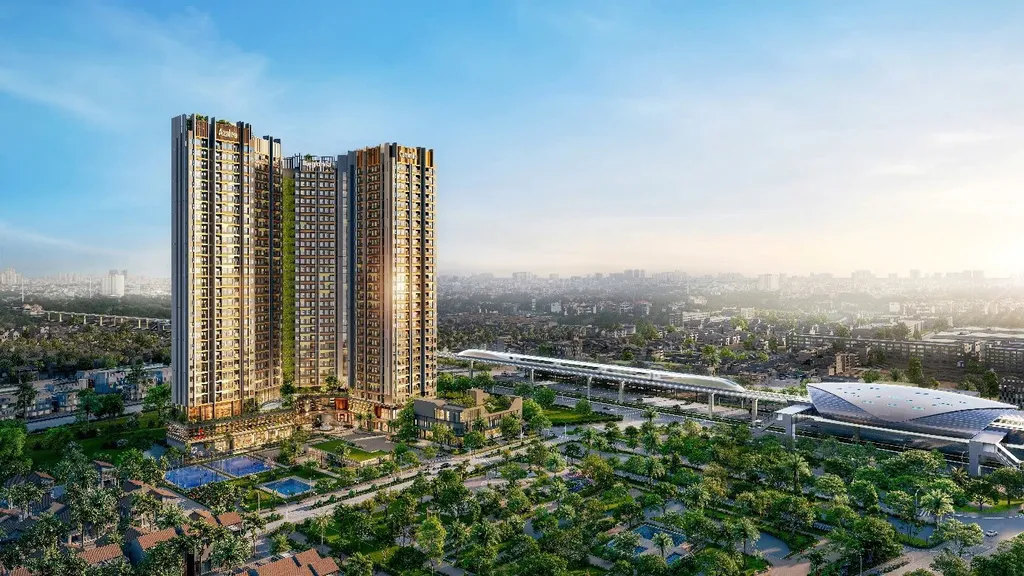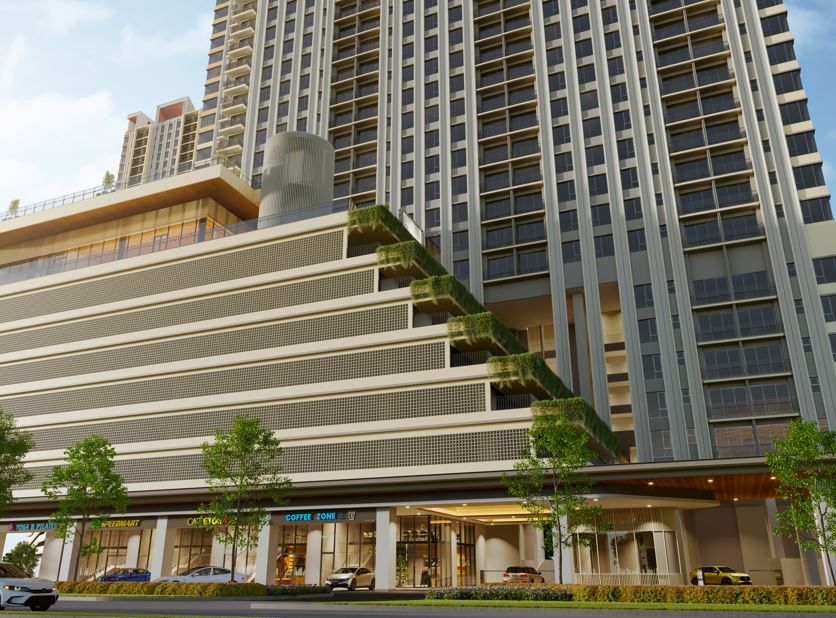By Joseph Wong
One of the most amusing yet insightful observations in the world of retail is that you can judge the quality of a shopping mall by how well its toilets are maintained. While it may sound trivial, this statement highlights a critical aspect of mall management that is often overlooked. Beyond the grand facades, bustling entrances and flashy store offerings, the washroom facilities serve as a true reflection of the mall's commitment to its visitors' comfort and experience.
Certainly, there have been many reviews and jokes about dirty toilets in Malaysia. Visiting a dirty toilet feels like stepping into a horror movie—except the plot twist is that you are the one doing the screaming and it is not just because of the smell. Such an experience leaves a lasting impression, and worse, a social media post can go viral in an instant, ruining the reputation of a business, including shopping malls.
Shopping malls are no longer just places to shop but experiential hubs where visitors spend hours engaging in dining, entertainment and leisure activities. Amidst all these offerings, the washroom is one of the most frequently visited facilities. Whether a shopper arrives alone, with friends, family or young children, the need for a clean, accessible and well-maintained washroom is universal. Often, it is the first and last stop for visitors, making it a key factor in shaping their overall experience.
A well-maintained washroom can set a shopping mall apart in the competitive retail landscape. Aesthetics aside, it is about function, accessibility and comfort. A thoughtfully designed washroom reflects the mall's dedication to customer satisfaction, catering to a diverse range of visitors, including the elderly, physically challenged and families with babies.
Understanding washroom design
One of the most significant aspects of designing mall washrooms is understanding the appropriate allocation of facilities for different genders. Traditionally, the ratio of male to female cubicles is about 1:2, which often overlooks the presence of urinals in the men’s washrooms. For instance, if a male washroom has two cubicles, the female washroom might only have four but with urinals factored in, this ratio may still not be adequate. This imbalance can lead to longer wait times and a less satisfactory experience, particularly for female visitors.
Designing washrooms requires a deeper understanding of user journeys and behaviours. Analysing the distances between washroom locations within the mall is crucial to ensure easy access from various points. Ideally, there should be sufficient cubicles for both male and female visitors at each washroom hub, with adjustments made based on peak usage times and customer demographics.
In addition to location and cubicle ratios, accessibility is paramount. Each washroom facility must include a dedicated space for physically challenged individuals, complete with automated doors to enhance ease of use. These considerations ensure that no visitor is left feeling excluded or inconvenienced.
Prioritising function over form
Washroom design should strike a balance between aesthetics and functionality. While a visually appealing washroom can enhance a mall’s image, it should not come at the expense of practical usability. Involving operations and maintenance staff in the design process is critical, as they are the ones who manage the day-to-day upkeep of these facilities. Their insights can guide the selection of robust materials, effective layouts and maintenance-friendly features, ensuring that the washrooms remain clean, operational and welcoming over time.
Creating a durable, functional washroom is no easy task, but focusing on a few key criteria can make all the difference:
- Location and layout: Washroom hubs should be strategically placed on the floor plan, with sufficient cubicles for both genders. A preferred ratio would be 1:3 for male to female facilities, ensuring a better balance considering urinals in male washrooms.
- Service corridors: Including a service corridor behind the cubicles allows maintenance staff to address plumbing, sensor repairs and other issues without disrupting the user experience. Ideally, these corridors should be at least 4 feet wide to provide adequate working space.
- Barrier-free and touch-free design: Modern washrooms should minimise or eliminate the need for touchpoints. Automated doors, sensor-based flush systems, taps and soap dispensers reduce the spread of germs and enhance the overall hygienic experience.
- Climate control and ventilation: Maintaining an optimal temperature of 24°C helps suppress odours, while a well-designed exhaust system ensures that air circulation is effective, particularly in cubicles that extend from floor to ceiling.
- Lighting and flooring: Adequate lighting, ideally at 250 to 300 lux, enhances visibility and safety. Floors should have a slight slope to guide water towards drainage points, preventing puddling and ensuring a clean environment.
- Robust fixtures and materials: Washrooms are high-traffic areas subject to frequent use and potential abuse. Using durable materials for basins, countertops and cubicles can withstand daily wear and tear better than fancy but fragile alternatives like solid surfaces.
The goal of washroom design in malls should always be to create a user-friendly environment that accommodates the diverse needs of visitors. From sensor taps and high efficiency particulate air (HEPA) hand dryers to sanitary bins and bidet seats, each element plays a role in enhancing the overall experience. Investing in these features not only improves the quality of the washroom but also demonstrates the mall’s commitment to providing a safe, clean and accessible environment for everyone.
Ultimately, a well-designed washroom reflects the effort a mall puts into understanding the needs of its users. It shows that the management values the comfort and satisfaction of every visitor, whether they are there for a quick stop or a full day of shopping and leisure. By prioritising washroom maintenance and thoughtful design, malls can set themselves apart in the minds of their customers, proving that even the smallest details matter in creating a memorable and enjoyable shopping experience.
Stay ahead of the crowd and enjoy fresh insights on real estate, property development, and lifestyle trends when you subscribe to our newsletter and follow us on social media.







